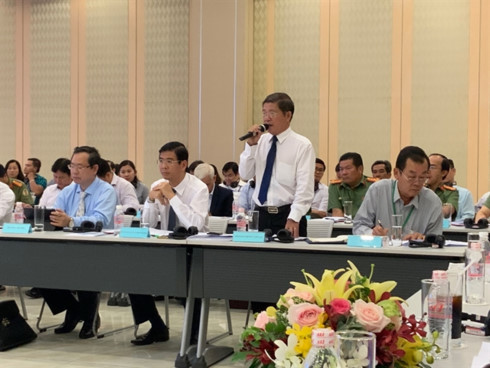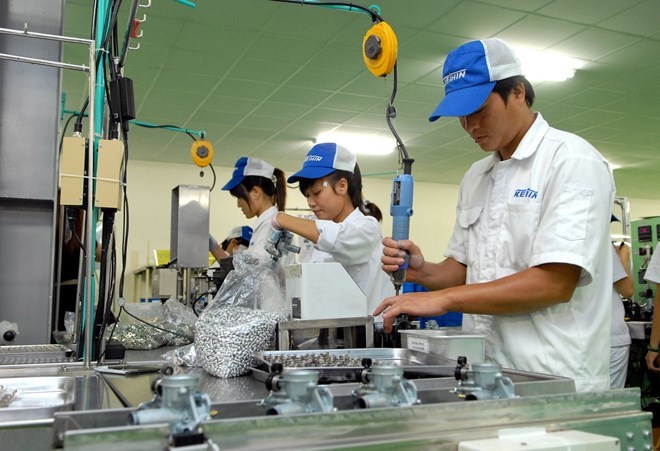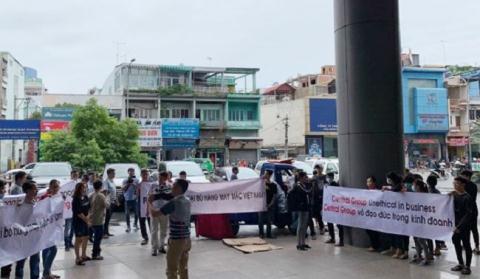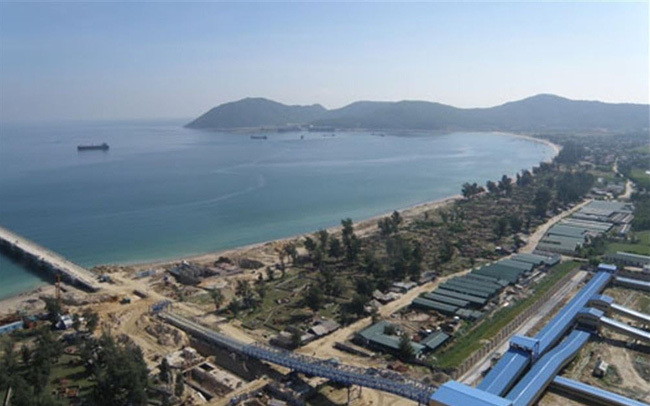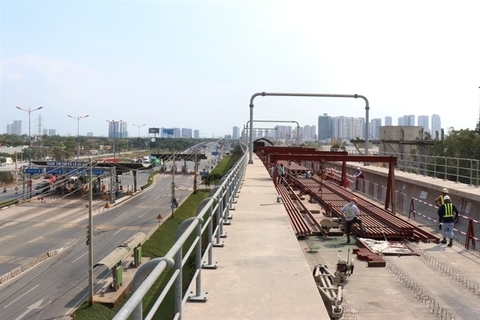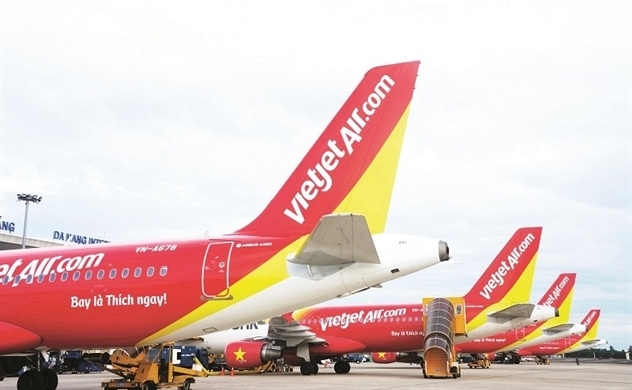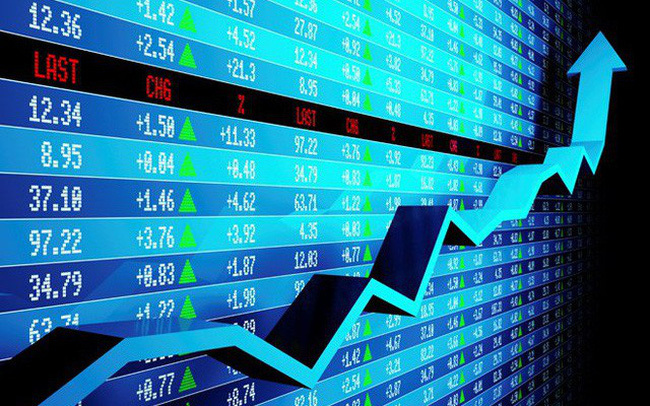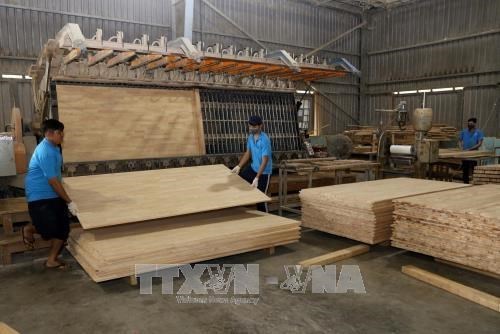- © Copyright of Vietnamnet Global.
- Tel: 024 3772 7988 Fax: (024) 37722734
- Email: evnn@vietnamnet.vn
FDI
Update news FDI
Korean investors worry about lack of skilled workers in Binh Duong
 A shortage of skilled workers is among the biggest problems they face, South Korean companies told authorities in the southern province of Binh Duong.
A shortage of skilled workers is among the biggest problems they face, South Korean companies told authorities in the southern province of Binh Duong.
FDI looking bright into future
 The bump in FDI during the first six months of the year is expected to continue as a number of factors take hold.
The bump in FDI during the first six months of the year is expected to continue as a number of factors take hold.
Hong Kong the largest source of foreign investment in Vietnam in first 7 months of 2019
 Hong Kong retained its crown as Vietnam’s leading source of foreign direct investment (FDI) in the first seven months of this year, pouring US$5.44 billion in the country, according to the Foreign Investment Agency said.
Hong Kong retained its crown as Vietnam’s leading source of foreign direct investment (FDI) in the first seven months of this year, pouring US$5.44 billion in the country, according to the Foreign Investment Agency said.
Disillusioned about FDI: experts
 If Vietnam doesn’t have a reasonable policy on using capital from FDI, it will have to pay a heavy price for it, experts say.
If Vietnam doesn’t have a reasonable policy on using capital from FDI, it will have to pay a heavy price for it, experts say.
Taiwan investment in new perspective
 With recent movements in Taiwanese investment, Vietnam is seeking to attract more high-quality capital flows for the economy in alignment with the country’s new foreign direct investment attraction strategy.
With recent movements in Taiwanese investment, Vietnam is seeking to attract more high-quality capital flows for the economy in alignment with the country’s new foreign direct investment attraction strategy.
FTAs rouse Taiwanese investors
 Shih Rui-Chi, representative of the Taipei Economic and Cultural Office in Vietnam, writes about the prospects of Taiwanese investment in Vietnam in the context of the country entering the CPTPP and the EVFTA this year.
Shih Rui-Chi, representative of the Taipei Economic and Cultural Office in Vietnam, writes about the prospects of Taiwanese investment in Vietnam in the context of the country entering the CPTPP and the EVFTA this year.
Vietnam among top FDI recipients in ASEAN in 2016-2017
 Foreign direct investment flows to ASEAN rose to all-time high of US$137 billion in 2017 from US$123 billion in 2016, according to ASEAN Investment Report 2018.
Foreign direct investment flows to ASEAN rose to all-time high of US$137 billion in 2017 from US$123 billion in 2016, according to ASEAN Investment Report 2018.
Foreign investors can take advantage of Vietnam's trade deals
 Foreign investors have been encouraged to take advantage of the double benefits Viet Nam is offering through its commitments in the many trade pacts signed with other countries.
Foreign investors have been encouraged to take advantage of the double benefits Viet Nam is offering through its commitments in the many trade pacts signed with other countries.
Coastal economic zones struggle to attract investment
 Coastal economic zones (EZs) were established with an aim to help attract more investment, but they have not brought the desired effects.
Coastal economic zones (EZs) were established with an aim to help attract more investment, but they have not brought the desired effects.
Bolder moves to capture gains of new FDI strategy
 With Vietnam’s new foreign direct investment attraction strategy towards 2030 set to be unveiled soon, international investors are making fresh moves to benefit from privileged incentives.
With Vietnam’s new foreign direct investment attraction strategy towards 2030 set to be unveiled soon, international investors are making fresh moves to benefit from privileged incentives.
Experts predict FDI in Vietnam to speed up
 In the face of escalation of the US-China trade conflict, FDI to Vietnam will increase, with most of it coming from South Korea, China, Hong Kong and Taiwan.
In the face of escalation of the US-China trade conflict, FDI to Vietnam will increase, with most of it coming from South Korea, China, Hong Kong and Taiwan.
Favourable factors allure Japanese groups
 Vietnam has attracted plenty of FDI into industrial manufacturing, and while previously overseas investors talked about the weakness of supporting industries, the current changes are step-by-step contributing to the attraction of FDI for the future.
Vietnam has attracted plenty of FDI into industrial manufacturing, and while previously overseas investors talked about the weakness of supporting industries, the current changes are step-by-step contributing to the attraction of FDI for the future.
Low disbursement of public investment in H1: Planning & Investment Ministry
 The Ministry of Planning and Investment (MPI) must review obstacles in disbursing public investment as well as accelerate the speed of capital allocation, especially Government bonds and official development aid (ODA).
The Ministry of Planning and Investment (MPI) must review obstacles in disbursing public investment as well as accelerate the speed of capital allocation, especially Government bonds and official development aid (ODA).
Vietnam's southern provinces ready for billion-dollar FDI projects
 Foreign direct investment (FDI), especially in southern provinces, is expected to increase sharply with a number of billion-dollar projects in the pipeline, according to the Foreign Investment Agency (FIA).
Foreign direct investment (FDI), especially in southern provinces, is expected to increase sharply with a number of billion-dollar projects in the pipeline, according to the Foreign Investment Agency (FIA).
Industrial infrastructure mostly serves FIEs
 Vietnam has borrowed big money to develop industrial infrastructure, but this has mostly brought benefits to foreign invested IZs (industrial zones) and FIEs (foreign invested enterprises).
Vietnam has borrowed big money to develop industrial infrastructure, but this has mostly brought benefits to foreign invested IZs (industrial zones) and FIEs (foreign invested enterprises).
Are casinos no longer attractive?
 Experts say that casinos are no longer attractive to foreign investors but appear to be a promising field for Vietnamese enterprises.
Experts say that casinos are no longer attractive to foreign investors but appear to be a promising field for Vietnamese enterprises.
VN economy to rely on strength of private corporations
 The confidence of Vietnam's economy is increasingly being placed in private corporations.
The confidence of Vietnam's economy is increasingly being placed in private corporations.
New rules to ease foreign firms’ listings on Vietnamese stock market
 The State Securities Commission (SSC) is working with relevant ministries and agencies to issue specific guidance to facilitate foreign direct investment (FDI) firms in listing on the Vietnamese stock market.
The State Securities Commission (SSC) is working with relevant ministries and agencies to issue specific guidance to facilitate foreign direct investment (FDI) firms in listing on the Vietnamese stock market.
Will Vietnam be a new production base for the world?
 Vietnam has the opportunity to become a new production base for the world amid the US-China trade war.
Vietnam has the opportunity to become a new production base for the world amid the US-China trade war.
Industrial, economic zones attract $8.7 billion in FDI in H1
 Vietnam’s industrial and economic zones attracted 340 foreign-invested projects with a total newly-registered capital of 8.7 billion USD in the first six months of 2019.
Vietnam’s industrial and economic zones attracted 340 foreign-invested projects with a total newly-registered capital of 8.7 billion USD in the first six months of 2019.
